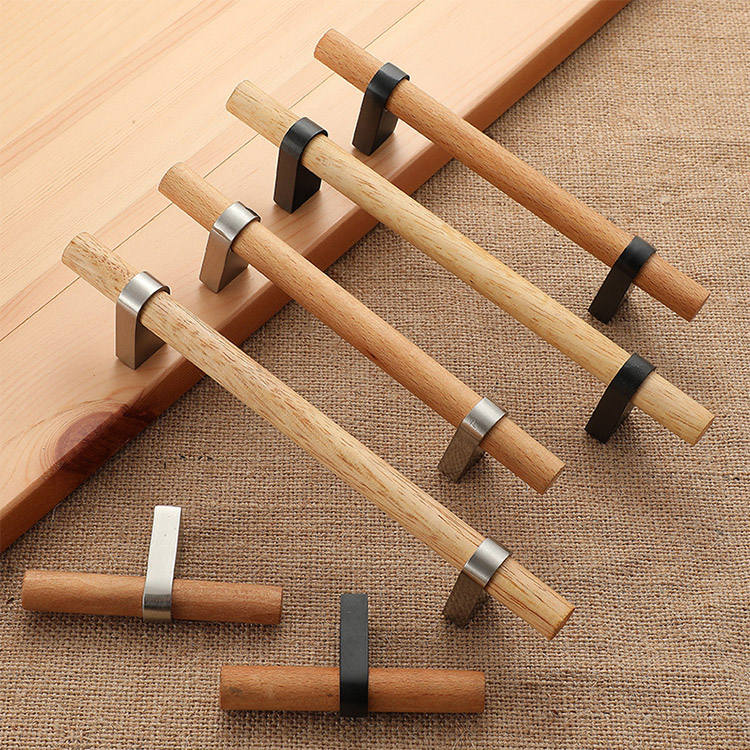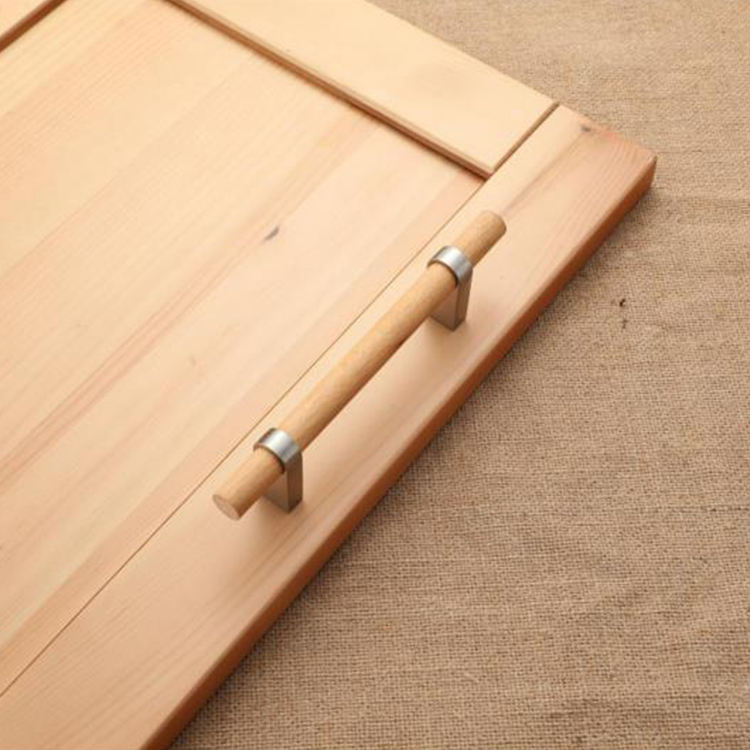Wooden furniture handles, like the rest of the furniture, can age gracefully and develop a unique character over time. The natural aging process of wood can add charm, depth, and history to your furniture pieces. Here’s how wooden furniture handles can weather gracefully:
1. Patina and Color Changes:
As wood ages, it undergoes color changes due to exposure to light and air. This patina development can result in a richer, deeper color that adds warmth to the handles. Embrace the natural color evolution of the wood as it matures.
2. Smoothness and Wear:
Frequent use of furniture handles can lead to natural smoothing of the wood’s surface. The areas that are touched most often might become smoother and slightly polished, giving the handles a tactile quality that improves with age.
3. Character Marks:
Minor dings, scratches, and imperfections can accumulate on the handles over time, telling the story of the furniture’s journey. Rather than seeing these marks as flaws, view them as signs of a well-lived life.
4. Connection to the Past:
Aged wooden handles can evoke a sense of nostalgia and history. They carry the memories of years of use, making them a connection to the past and the people who have interacted with the furniture.
5. Individuality and Uniqueness:
No two aging processes are the same. Wooden handles will age differently based on factors such as wood species, usage patterns, and environmental conditions. This uniqueness adds to their appeal.
6. Maintenance and Care:
While embracing the aging process, proper maintenance and care can help preserve the handles’ beauty. Regularly clean the handles with a gentle wood cleaner and avoid harsh chemicals that might strip away the natural oils.
7. Rejuvenation Options:
If the handles show signs of excessive wear or damage, you can consider rejuvenating them. Sanding and refinishing can bring back some of the original luster and erase minor imperfections.
8. Consistent Cleaning:
Regularly clean and dust the handles to prevent dirt and grime from accumulating. This will help maintain their appearance and ensure that their aging process is natural and gradual.
9. Intentional Aging Techniques:
If you want to achieve a weathered look more quickly, you can experiment with intentional aging techniques. These might include techniques like distressing, adding glazes, or applying lighter-colored stains to mimic the effects of time.
10. Contextual Harmony:
Embrace the fact that the aging of the handles is part of the larger context of your furniture’s evolution. Aged handles can harmonize with other aged elements in your interior design, creating a cohesive and inviting atmosphere.
Remember that the aging process of wooden furniture handles is part of the beauty and history of your furniture pieces. Embracing their natural transformation can add a layer of authenticity and charm to your living space while reminding you of the passage of time.


